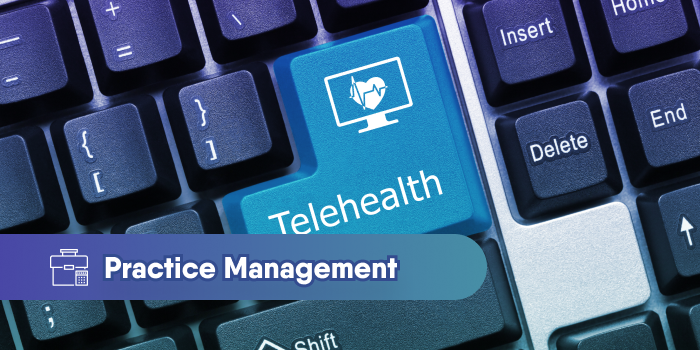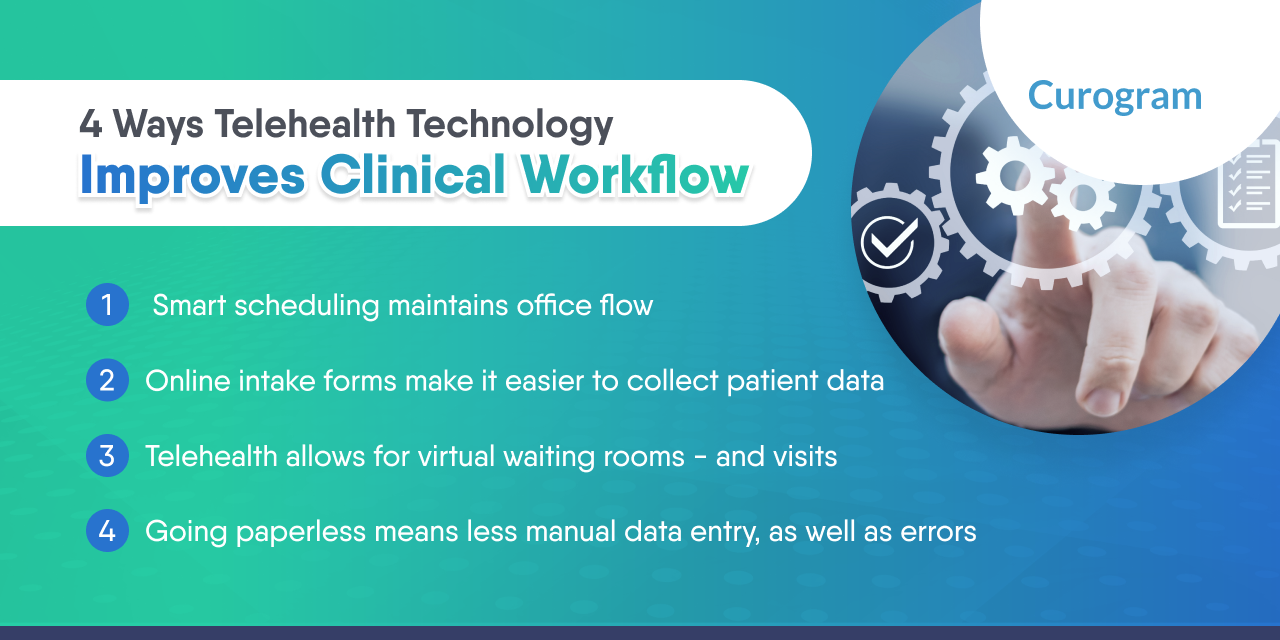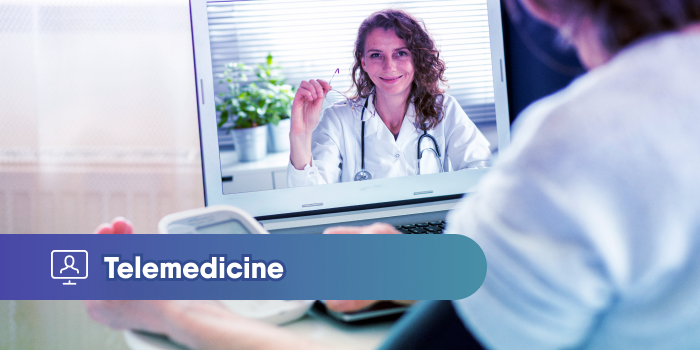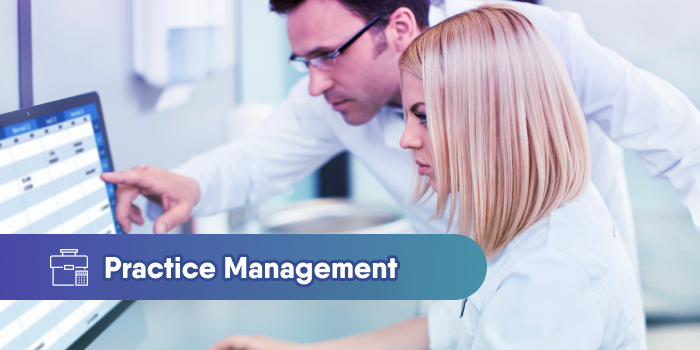7 Efficiencies Created by Telehealth Technology
Today, people are now more tech-savvy and generally more aware of their health thanks to the internet and a variety of health care apps. Because of...

Healthcare professionals (HCPs) consider finding a way to improve healthcare quality in the United States a critical undertaking to succeed in medical practice. With the help of the Agency for Healthcare Research and Quality (AHRQ) and the American Academy of Family Physicians (AAFP), HCPs can gauge healthcare quality and understand how to influence it. Through both agencies’ measures, providers gain practical knowledge of healthcare quality and how patient experience affects it.
For example, an improved clinical workflow is a measure of improving patient experience and care quality. Clinical workflow directly influences the time it takes to complete tasks. Improving clinical workflow helps HCPs upgrade medical practice efficiency when providing patient care. There’s no better way of doing this than by maximizing advancements in health information technology, such as telemedicine. Read on as we highlight how telehealth technology improves clinical workflow.
Telehealth is key to patient-centered healthcare, where achieving an optimal positive patient experience is the central objective, along with efficient medical care. Telehealth enables the delivery of remote healthcare services to patients with telecommunication technology, like live, two-way video communication, text messages, or simple audio-only telephone calls.
Implementing telehealth in a medical practice allows providers to give more power to patients who want more control over their health. Telehealth’s virtual health services and remote medical care suit modern patients’ mobile lifestyles with improved access to healthcare anytime and anywhere. It makes healthcare more accessible than ever before, which patients prefer.
For telehealth to be an effective tool for medical practices in providing convenience and quality healthcare, it needs to integrate technology that improves efficiency and clinical workflow. An example is texting solutions that simplify appointment scheduling, and ease clinic workflow.
Telehealth platforms like Curogram offer providers the ability to text with patients when booking an appointment. Phone calls' usual appointment scheduling technique can be very time-consuming and inefficient, stifling clinical workflow and inconveniencing patients.
Typically, when patients call to set up an appointment, the front office staff needs to check the physician’s schedule first, consult back with the patient, and wait for them to pick a suitable date before finalizing the appointment. The process is often terrible, takes too much time, is prone to errors, and can be complicated when juggling in-office work with phone calls that interrupt workflow.
What if the front desk staff double books the physician accidentally?
That single unintentional mistake can mess up the clinical workflow. Before you know it, the heavy foot traffic in the waiting room is overwhelming, with stressed-out, irritated patients. But with telehealth technology, such as Curogram’s integrated texting solution, providers do not have to go back and forth on the phone with patients to schedule an appointment.
Curogram allows clinics to send patients a message with a secure link to the physician’s schedule online, check available appointment time slots, and choose an available date that’s most convenient for them. Once complete, the physician’s schedule updates automatically. Telehealth texting technology even allows patients to reschedule or cancel an appointment as quickly as scheduling it.
Telehealth technology offers clinics a way to make sure that schedules flow seamlessly and do not hamper the workflow via smart schedule reminders. Some patients miss their scheduled appointments for many reasons. This costs United States healthcare providers $150 billion per year.
However, with Curogram’s automated 2-way smart-text-message reminders, providers can send personalized, engaging appointment reminders to patients that allow them to reply to the messages until they show up for their scheduled visit.
Curogram’s streamlined telehealth appointment scheduling and reminder system reduces the volume of phone calls, lightens floor traffic, clears the waiting room, and helps avoid missed appointments, easing clinical workflow.
Another telehealth technology that helps improve clinical workflow is online electronic forms that will enhance the efficiency of collecting patient information.
With Curogram, medical practices enable customized electronic intake forms that help reduce the amount of administrative work. In this case, the office staff sends patients a digital version of the intake form to their phone or computer before their appointment. Patients complete and submit the form online, and the system automatically updates the Electronic Health Record (EHR).
These online patient intake forms eliminate the following downsides:
Telehealth technology allows medical providers to set up virtual clinics to conduct appointments with patients and create waiting rooms. Curogram’s video conferencing technology simplifies setting up virtual clinics with virtual waiting rooms that mimic the flow of admitting patients in person. It’s organized, efficient, and maintains high privacy and safety levels.
During a virtual visit, a physician can see a patient’s status in the virtual waiting room and quickly go in and out of video calls. The patient is also only visible to the physician after completing the front desk virtual admission protocols. This telehealth technology makes workflow efficient, allowing medical practices to admit more patients remotely daily, and EHRs make sure all their information is easily accessible.
Upgrading medical practice management with telehealth technology, such as electronic health records or EHRs, hastens clinical workflow improvements as a result of the benefits it offers, such as:
Curogram, for example, uses the most advanced integration technology to connect with over 700 EHRs, which minimizes the need for manual or double entries and errors.
It’s clear that office workflows and efficiency improve with the capabilities of telehealth technology, which also satisfy the modern patient’s demands for convenience and quality. Curogram offers patient-centric telehealth solutions that help medical practices achieve this goal. Let Curogram’s state-of-the-art telehealth technology help you become efficient and provide comfort to patients by improving your clinical workflow.


Today, people are now more tech-savvy and generally more aware of their health thanks to the internet and a variety of health care apps. Because of...

Technology is one of the greatest allies of efficiency in the healthcare industry. It has reduced the number of daily manual processes, from patient...

As healthcare providers strive to improve patient care quality and increase patient satisfaction, there are ten ways technology can help you create...